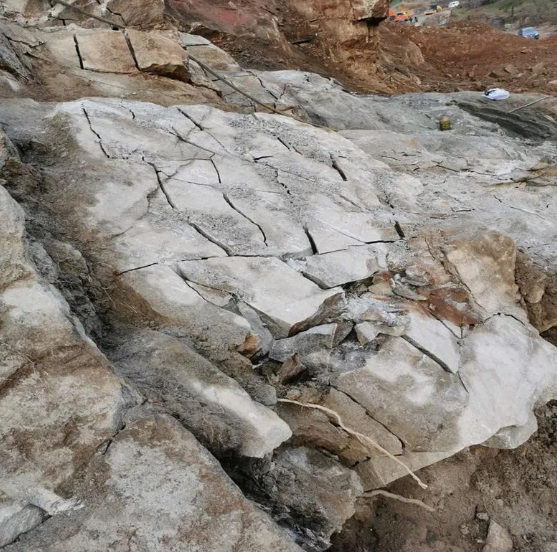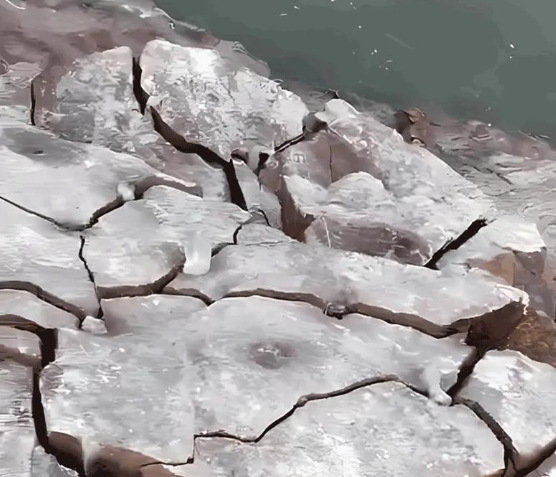So, is there an alternative to traditional explosives for mining operations? The answer is yes. In this blog, we’ll explore two innovative, eco-friendly technologies transforming modern mining: CO₂ rock blasting and Expansive Mortar.
What is CO₂ Rock Blasting?
CO2 ROCK BLASTING is a groundbreaKing technology that leverages the physical properties of carbon dioxide to break rocks safely and efficiently. Under high pressure, CO₂ is converted into a liquid and stored in a specially designed container, which includes components such as a safety membrane, rupture disc, heat-conducting rod, sealing ring, and an alloy cap for secure sealing.

How It Works
At the blasting site, the CO₂ blasting tube is placed into a drilled borehole and securely connected to an initiator and power source. Once a small current passes through the heat-conducting rod, it generates high temperatures that rupture the safety membrane. The liquid CO₂ instantly vaporizes, expanding rapidly to generate a high-pressure shockwave. This sudden expansion cracks the surrounding rock, achieving effective fragmentation—without using any traditional explosives.
Advantages of CO₂ Rock Blasting
Safety & Environmental Friendliness:
Simplified Regulations:
Reduced Ground Vibrations:
Cost-Effective:
Versatile Applications:
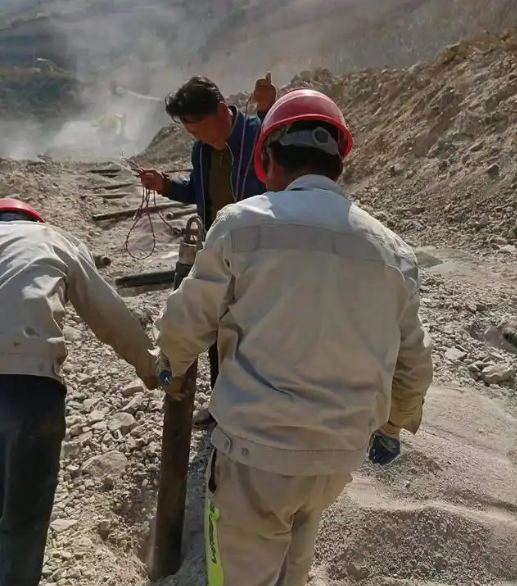
Limitations of CO₂ Rock Blasting
Limited Blasting Cycles: Time-consuming setup reduces daily blast frequency.
Requires Free Faces: Effectiveness depends on available expansion space.
Production Limits: Not ideal for multi-row blasting or high-volume output.
Higher Costs at Low Output: One-time-use activators increase unit cost.
Technical Complexity: Demands precision in borehole quality and sealing.
Noise Considerations: Although low in vibration, it still produces audible sound.
What is Expansive Mortar?
Expansive mortar, also known as non-explosive demolition agent (NEDA), provides a silent and vibration-free solution to rock and concrete breaking. It works through a slow chemical and physical reaction that causes the agent to expand with great force, leading to controlled cracking of the surrounding material.
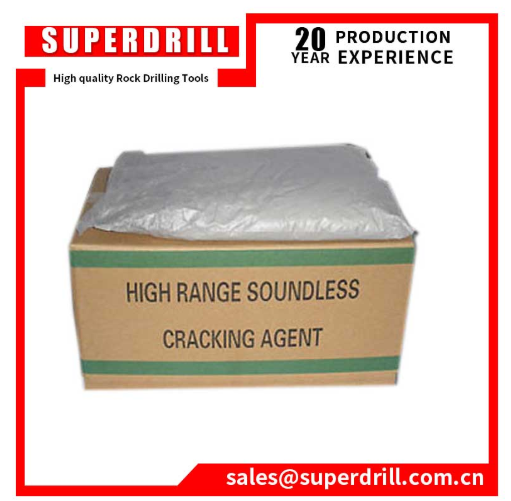
Applications of Expansive Mortar
Urban demolition projects where traditional blasting is restricted.
Precision cutting of high-value rock materials.
Excavation of deep shafts, pile foundations, and trenches.
Slope stabilization projects requiring controlled excavation.
Concrete structure removal while maintaining structural integrity of nearby components.
Advantages of Expansive Mortar
Massive Expansion Force: Generates up to 122 MPa (1220 kg/cm²) of pressure.
Adjustable Reaction Time: Expansion can be set between 2–10 hours.
Silent and Safe: No explosions, vibrations, or flying debris.
Simple Operation: Easy mixing and application with minimal training.
Eco-Friendly: No toxic gases or environmental hazards.
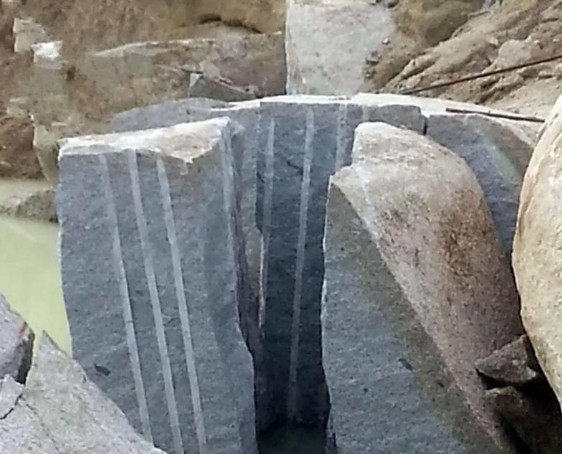
Limitations of Expansive Mortar
Slower Process: Reaction time may not suit time-sensitive projects.
Weather Sensitivity: Performance can be impacted by rain or cold.
Requires Free Surface: Effectiveness depends on rock face exposure.
Health Hazards: Alkaline by-products require handling with care.
Conclusion
Both CO₂ rock blasting and expansive mortar are innovative and sustainable alternatives to traditional explosive methods in mining and construction. While each has its own advantages and limitations, these technologies provide safer, more environmentally conscious solutions for rock breaking and demolition tasks.
Interested in bringing these technologies to your next project? Learn more on our product pages:
 Mobile:
Mobile: E-mail:
E-mail: